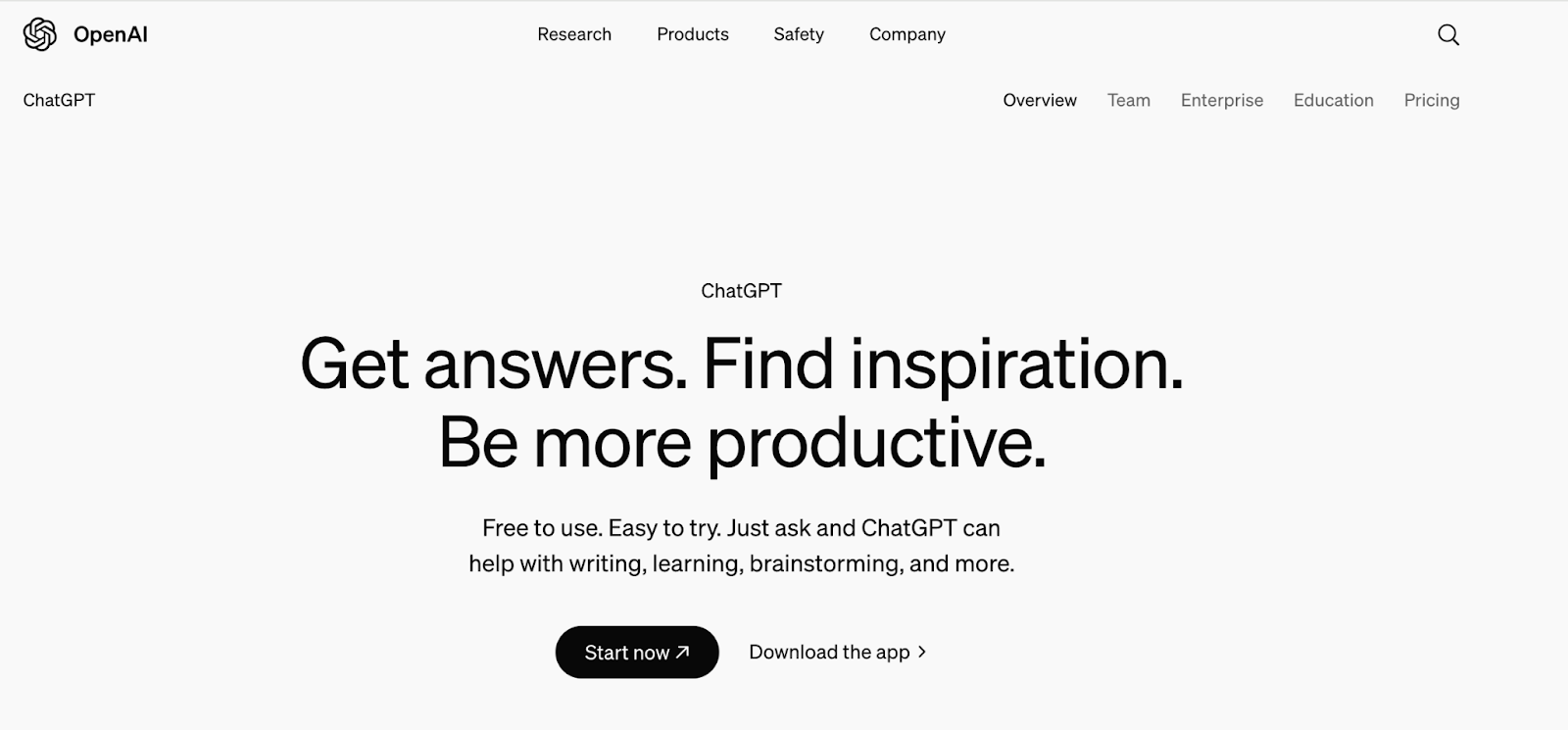As AI technology advances rapidly, tools like AI writing generators are becoming increasingly popular among content creators, marketers, and students. These tools promise to make writing tasks faster, more productive, and even more cost-effective. But can an AI writing generator really match the creativity, nuance, and quality that human writers bring to the table? In this article, we’ll compare AI writing with human writing, exploring the strengths and weaknesses of each to see if AI can truly deliver high-quality content.
What Is AI Writing and How Do AI Writing Generators Work?

Before diving into the comparison, let’s start by understanding what AI writing is and how these AI writing generators actually work. AI writing generators are tools that use advanced technologies like Natural Language Processing (NLP) and Machine Learning to create text that resembles human writing. NLP enables AI to understand and respond in a way that feels conversational, while machine learning allows AI to “learn” from large datasets of human-written text. This combination helps AI produce a wide variety of content, from blog posts and social media captions to product descriptions and customer service scripts.
Popular AI writing tools such as ChatGPT by OpenAI, ChatMax, and Writesonic have shown impressive results by creating readable and relevant text that suits many professional purposes. However, while AI has come a long way, it still has limitations that make it challenging to match human creativity and quality. Let’s take a closer look at some of the top AI writing tools available today to understand their unique strengths.
Top 3 AI Writing Generators to Try
If you’re curious about testing out an AI writing tool yourself, here are three of the most popular options, each with unique features and strengths that make it worth trying.
1. ChatGPT by OpenAI

ChatGPT is one of the most versatile and widely used AI writing tools available today. Known for its flexibility, ChatGPT can help with everything from content creation and brainstorming to drafting friendly, engaging customer support responses. The conversational ability of ChatGPT makes it an ideal tool for creative writing, as it can mimic a range of tones and adapt to various content needs. Bloggers, marketers, and students especially find ChatGPT useful for generating general-purpose content and quickly developing ideas.
2. ChatMax

AIChatMax.com is a powerful and versatile AI writing assistant that offers a host of seamlessly integrated tools to enhance every step of the writing process. What sets it apart from other AI tools is its ability to support users from start to finish. Whether you need an outline, additional content (including text and images), or refined details, ChatMax’s AI assistant can handle it all. Just enter your article topic, and ChatMax’s writing assistant will generate a high-quality outline in seconds. You can also specify your preferred tone and word count, and ChatMax will quickly produce a complete and polished article that’s ready for use.
One of the standout features of ChatMax is its AI Search, which provides real-time information and data from the web to keep your writing fresh and accurate. Need visuals for your article? ChatMax has that covered too, with the ability to create custom images in various styles. Additionally, ChatMax includes a reliable Grammar Checker and AI Content Detection tools, which help maintain quality and originality. With a free version available and a user-friendly interface, ChatMax is ideal for all content-related tasks. Although it’s not yet available on Android and lacks real-time search in its free version, it remains a solid choice for writers looking for a versatile tool that genuinely understands user needs.
3. Writesonic

Writesonic is another well-regarded AI writing tool, known for its speed and flexibility. Writesonic offers a variety of templates, making it easy to generate e-commerce descriptions, website content, blog outlines, and more. Optimized for SEO, Writesonic’s tools help create search-engine-friendly content quickly, making it ideal for users who prioritize speed and accuracy. E-commerce businesses, SEO professionals, and digital marketers find Writesonic especially helpful when creating short, optimized copy for their digital marketing needs.
These tools highlight the potential of AI in content creation, showing just how versatile and useful AI writing can be when chosen carefully. However, while AI writing generators have many strengths, they also come with some drawbacks, especially when compared to human writers.
Strengths of AI Writing Generators
So, what exactly makes AI writing tools appealing? Here are some of the main benefits they offer to writers and content creators.
AI’s primary advantage is its speed and efficiency. AI writing generators can produce content in seconds, which is incredibly useful for high-volume tasks. Whether you need product descriptions, social media posts, or a quick draft for a blog, AI can handle it in a fraction of the time it would take a human writer. Another strength is consistency and tone matching. AI is great at matching specific tones and styles, which helps brands keep their messaging steady across platforms. Once trained, AI can mimic a chosen tone, enabling businesses to maintain a cohesive brand voice. AI is also cost-effective for handling simple tasks, freeing up budget and allowing human writers to focus on more complex projects. These strengths make AI writing tools popular in marketing, e-commerce, and even customer service.
Limitations of AI Writing Generators
Despite these strengths, AI writing tools also have limitations that impact the quality of the content they produce. For instance, AI struggles with originality and creativity. While it can mimic human language, AI doesn’t come up with truly unique ideas. Instead, it generates content based on patterns and data it’s learned, which limits its ability to create innovative storytelling or fresh perspectives. Another issue is contextual understanding. AI doesn’t fully understand context the way humans do, which can lead to awkward or out-of-place phrases. This is especially noticeable in nuanced topics that require cultural sensitivity or deeper understanding. Additionally, AI often produces repetitive or generic language, making it harder to keep content engaging or varied. These limitations highlight the areas where human writers still excel and why their role remains essential.
Advantages of Human Writers Over AI
Human writers bring unique strengths that are hard for AI to replicate. One major advantage is creativity and emotional connection. Humans add emotion, personality, and creativity to content—qualities AI currently lacks. This is particularly important in storytelling, persuasive writing, and brand-building content, where connecting with readers on a deeper level is key. Humans also possess contextual awareness that AI lacks, allowing them to tailor content for specific audiences, cultures, or moments in time. This ability to adapt and understand context helps human writers create content that resonates with readers. Additionally, human writers are skilled in adaptability and critical thinking. They can research, fact-check, and make decisions on content tone, style, and structure as they go, which adds credibility and quality. These advantages underscore why human writers are still vital for high-quality content.
Where AI Writing and Human Writers Work Best Together

In many cases, AI and human writers work well as a team, with each bringing complementary strengths. AI writing generators can assist with content idea generation and outlining, saving time by providing initial drafts or structure that humans can then refine. AI tools are also helpful for editing and proofreading tasks, such as catching basic grammar issues or suggesting minor improvements. This frees human writers to focus on enhancing content quality and adding creative touches. AI is particularly useful for high-volume content with human review, like product descriptions or blog summaries. In these cases, AI can produce drafts that human editors then polish, creating an efficient workflow without sacrificing quality. By combining AI’s speed with human creativity and oversight, content creators can achieve a balance that optimizes both time and quality.
AI Writing Quality: Current Capabilities and Future Potential
Today’s AI writing generators have come a long way in producing readable, often engaging content. Advances in NLP and machine learning mean tools like GPT-4 are getting closer to matching human writing quality in some areas. However, even as AI improves, issues like ethics, misinformation, and plagiarism require human supervision. For high-stakes content, especially where accuracy and quality are critical, AI will still need human oversight. Future AI models may further close the quality gap, but human creativity, cultural understanding, and critical thinking will remain essential components of truly high-quality content.
Conclusion: Can AI Writing Generators Deliver Quality Content?
In the debate over AI writing vs. human writers, there’s no one-size-fits-all answer. AI writing generators are fast, efficient, and produce usable content, especially for straightforward tasks. But when it comes to creativity, deep understanding, and complex storytelling, human writers still have the edge. For those looking to streamline content creation, AI writing can be a valuable tool, especially when combined with human editing. However, if you’re aiming for content that’s engaging, highly personalized, and genuinely resonant, human insight and creativity are irreplaceable.
AI writing tools are here to stay, and as they improve, they will continue to support and enhance the content creation process. But in the end, quality content still relies on the human touch.






